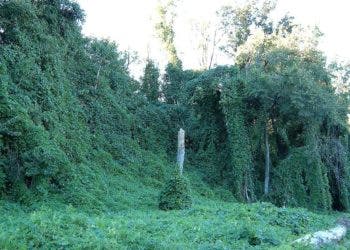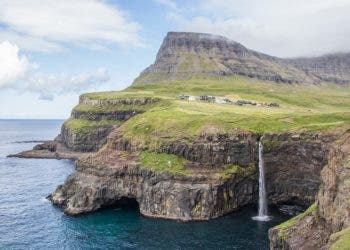Ecotourism is a form of sustainable travel that focuses on exploring different places while supporting the local environment instead of putting more pressure on it and exploiting its resources.
Ecotourism aims to minimize the negative impact travel can have, both on nature and on local communities but things are rarely simple — and ecotourism is a complex concept that’s hard to define clearly. It’s also far from the perfect, idyllic form of travel some portray it as. No doubt, if you care about nature, the environment, and local communities, you should ensure that your travels are carried out sustainably.
Here’s how you can do that.
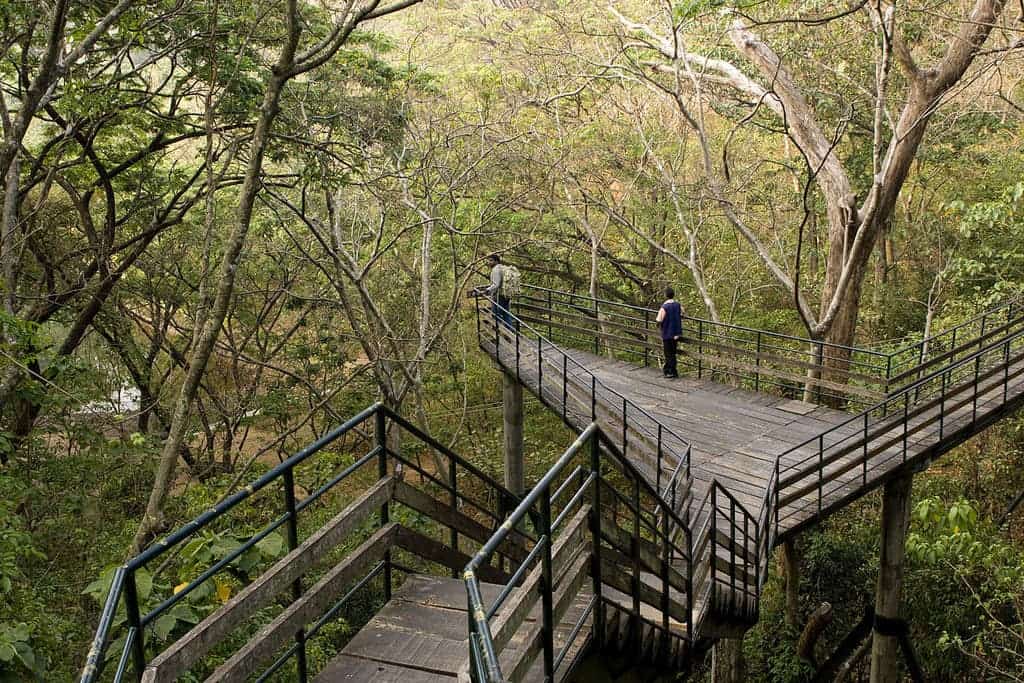
What is ecotourism anyway?
The problems with ecotourism start right from the definition, as people working in different fields (academic, tourism, policy) tend to prefer somewhat different approaches.
For instance, the International Union for Conservation of Nature (IUCN):
“Environmentally responsible travel to natural areas, in order to enjoy and appreciate nature (and accompanying cultural features, both past and present) that promote conservation, have a low visitor impact and provide for beneficially active socio-economic involvement of local peoples.”.
Another, simpler and more to-the-point definition is given by The International Ecotourism Society (TIES), which says that ecotourism is “responsible travel to natural areas that conserves the environment and improves the well-being of local people.” In practice, this implies several things, which we’ll get to in a moment.
But first, let’s clarify one thing: ecotourism is not simply going to cool, unspoiled, natural sites. While this definition tends to pop up every here and there, it’s not only a misleading definition but a counterproductive one. There’s nothing ‘eco’ about simply traveling to unspoiled places — in fact, that’s how you end up doing the most damage to nature.
If anything, ecotourism is more of a philosophy or a set of concepts that guide the tourist in their travels. It’s not just where you travel, but also, very importantly, how you travel.

The first thing it implies is a level of awareness from the tourist. You can do ecotourism by accident, but it’s highly unlikely.
Ecotourists should be aware of their impact both on the local environment and on the local community and should try, within reasonable limits, to reduce this impact. Furthermore, the tourist should not only try to do as little damage as possible but also support the local community whenever this is possible. Of course, this doesn’t mean that the whole experience becomes less pleasant — on the contrary. This appreciation attitude often leads to the traveler enjoying his experience even more, engaging with local nature and culture, supporting the local environment and the local community.
All that sounds good, and a lot of tourists are increasingly looking at the sustainability of their travels, and travel agencies are picking up on this.
It’s important not to be fooled by pleasant words — a vacation isn’t “ecotourism” just because it says so on the label, and many companies will advertise vacations as eco-friendly without actual justification. A recent study found that many such offers aren’t really helping local ecosystems. Ecotourism is one of the fastest-growing sectors of the tourism industry, and tour operators will try to lure clients using eco-advertising.
However, when used properly, ecotourism can make a difference and help species in need.
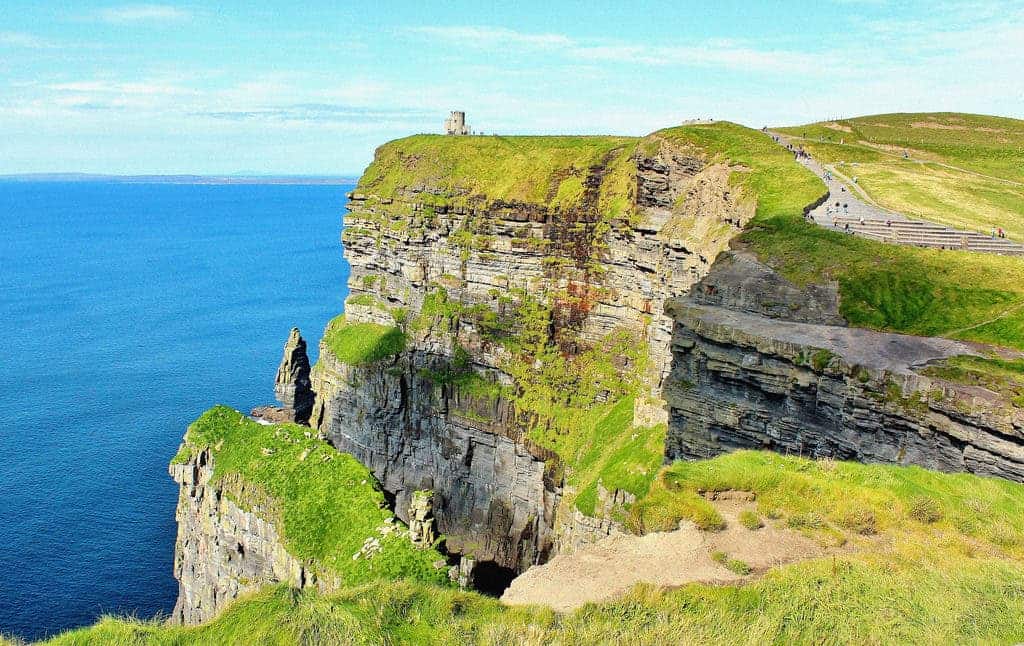
If we push on and try to define ecotourism even more, we have to talk about scale. It’s not just about how you do things, it’s about how many other people are doing those exact same things.
You can’t do mass ecotourism, it’s an oxymoron — ecotourism has to be done in small or medium groups. There is also usually a strong educational component associated with ecotourism, which also helps, but is not mandatory. Common themes in this context are recycling, responsible water consumption, local craftsmanship, and cycling or walking as opposed to driving. A great emphasis is placed on protecting local species, especially threatened species.
Does this mean that we can’t really have ecotourism for everybody, because if everybody does it, it won’t be ecotourism? Well, the way we do tourism now is broken — that much is for sure. But if travelers become more interested in authentic and sustainable travel experiences, then the market could adapt and offer them more experiences of this sort. It’s not possible to make all tourism sustainable and ecotourism now, but all forms of tourism have the potential to be sustainable if planned, developed, and managed properly, but this can only be done if demand increases.
So as mentioned, it’s not always possible to draw any clear distinctions between ecotourism and other types of tourism, but here are some general impacts:
| Characteristic | Ecotourism | Mass Tourism | Tourism to unspoiled natural places |
|---|---|---|---|
| Focus | Environmental sustainability and conservation | Entertaining and catering to large numbers of tourists | Offering deluxe, special experiences |
| Activities | Wildlife observation, hiking, birdwatching, nature photography, cultural experiences, city breaks, urban visits | Visiting theme parks, shopping, attending concerts, sunbathing | Rock climbing, white water rafting, bungee jumping, skiing, snowboarding |
| Group size | Small groups, generally with 5-10 people | Large groups with hundreds or thousands of people | Small to medium-sized groups, typically up to 20 people |
| Accommodation | Low-impact, often small lodges | Large hotels, resorts, and cruise ships | Luxurious accommodations, whether hotels or small lodges. |
| Impact on environment | Minimizes negative impact on the environment and promotes conservation and sustainable practices | Often has negative impacts on the environment, including pollution, overconsumption, and disruption of local ecosystems and cultures | May have a smaller negative impact on the environment, but affects vulnerable ecosystems |
| Connection to local environment | Truly connected to local environments and cultures | No connection to local environment and culture | Often, just an apparennt connection to local environment and culture |
| Benefits to local communities | Emphasizes supporting and benefiting local communities through responsible tourism practices, such as hiring local guides , relying on local businesses, and and using local products | May have limited positive impacts on local communities, but often contributes to exploitation and cultural homogenization | Can provide economic benefits to local communities through job creation, but may also bring negative social and cultural impacts. |
Why we need ecotourism
Up to 11% of our entire greenhouse gas emissions come from tourism.
According to the Air Transport Action Group, the world’s airlines carried a total of over 3 billion passengers in 2013, a figure which has steadily increased since. Oxford Economics expects that figure to almost double, reaching 5.9 billion by 2030. All these people are not only emitting huge quantities of CO2 (indirectly) but also putting great pressure on many environments.
There’s no getting around it: as living standards increase globally, tourism is set to grow, and tourism places a substantial burden on ecosystems; and that’s just the start of it.
Tourists also require additional infrastructure, such as water treatment plants, sanitation facilities, and lodging. You need roads and airports to pass tourism, and local municipalities often cut into natural habitats to create this infrastructure. Oftentimes, local communities are not able to sustainably offer these conditions and the results can be devastating. In many parts of Africa for example, large-scale tourism led to the improper disposal of campsite sewage. This, in turn, resulted in the contamination of the nearest river where wildlife, livestock, and people draw drinking water — and this is still just the start of it.
Especially in vulnerable areas, the increase in visitors can lead to significant environmental degradation. Local communities can also be harmed by an influx of tourists as the money influx is rarely directed towards them, instead being syphoned by large businesses. Wherever people go, they tend to leave behind garbage and other forms of pollution that can be hard to deal with. Safaris and animal photography can scare creatures. Feeding wildlife can teach them bad habits and leave them depending on humans. Even just walking can lead to soil erosion and the destruction of animal paths.
It can be hard to accept, but everything we do has an impact on wildlife — we should be conscious of this and reduce this impact.
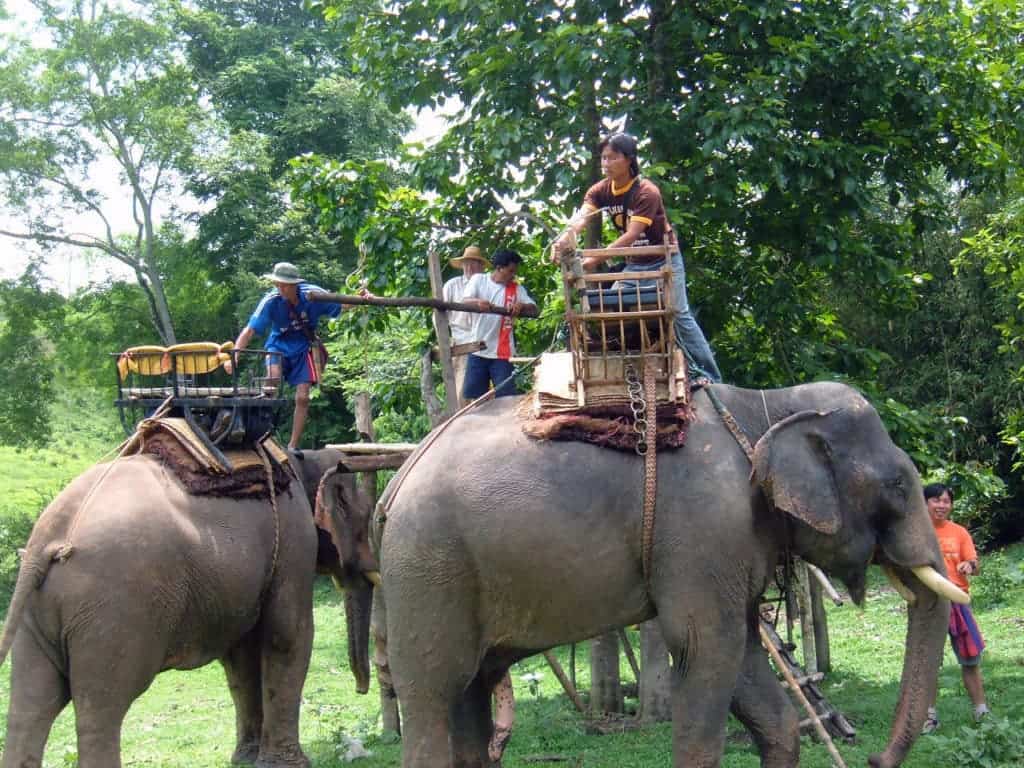
Examples abound. In the Antarctic, one of the planet’s most vulnerable areas, it can take hundreds of years for any rubbish to decompose and tourists leave behind plenty of garbage. In Australia, tourists are accelerating the downfall of the Great Barrier Reef, and in Africa, tourism jobs are poorly paid, yet tourism is pushing the prices up – the money isn’t going to the locals, but prices are rising. It can be really easy to make a difference, and giving up on mass tourism is a much-needed first step.
In this context, ecotourism can make a dramatic difference, removing the environmental impact or, at the very least, reducing it.
The world absolutely needs more ecotourism. It teaches travelers to be more attuned to the pristine areas of the world, it helps educate people, and it provides funds for conservation as well as for local communities (often indigenous). Also, because a state of respect and awareness is awakened in the tourist, the quality of his travels is also increased significantly.
The goals of ecotourism
Some people consider the terms ‘ecotourism’ and ‘sustainable tourism’ synonymous. There’s definitely a great deal of overlap between them, and it’s the lines get blurry. No doubt, ecotourism should be sustainable.
If you want to make your travels more sustainable, you first have to account for your transportation emissions. Getting from one place to another usually means a plane, which burns a lot of fossil fuels. Secondly, no matter how much you try, you will still have a local impact — so it’s important to make sure that impact is minimized, and make sure the money you use to travel is used, in part, to offset that impact and create better conditions for the local nature and local community. Pay attention to the things you’re buying: where are they made, how are they made? Where is the money going to?
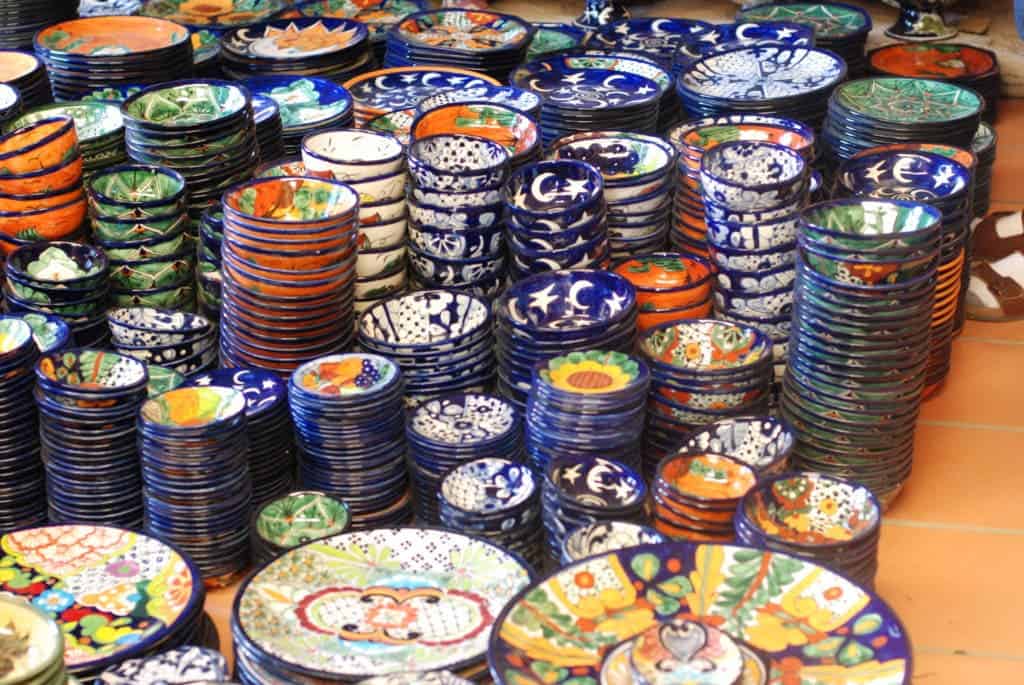
It can be helpful to have a brief list of things to keep an eye on while traveling. As long as these objectives are fulfilled, you could probably say that ecotourism is successful:
- Build environmental and cultural awareness. The first step to doing something is by understanding what you should be doing.
- Minimize impact. If you must, travel by plane. If you can avoid it, try a train instead. Walk or bike instead of driving or at the very least, use public transportation. Respect local resources and don’t waste them.
- Provide positive experiences for both visitors and hosts. The first one is a given, but the second one is often neglected. Respect the locals, and their community and support them and their values.
- Provide direct financial benefits for conservation. If it’s real ecotourism, much of the money you’re paying will go to conservation.
- Provide financial benefits and empowerment for local people. Buy local, authentic products – they’re higher quality, and genuine, and they support the locals. This way, they get much more financial benefits than from mass tourism – even if the number of tourists is much lower.
- Raise sensitivity to host countries’ political, environmental, and social climate. This is the trickiest and hardest to accomplish goal. It’s never easy to do, and sometimes it can be even hard to understand what it means.
- Put your money to good use. Buy local products that align with your values and don’t have a negative impact on the local environment.
Ecotourism and greenwashing
Ecotourism is one of the fastest-growing sectors of tourism, reporting growths of 10-15% annually worldwide. Unfortunately, this has had many negative consequences – especially for options masquerading as ecotourism which are actually detrimental to the environment.

An important fact of eco-friendly travel is avoiding “green” traps.
Some people mistake any form of nature travel for ecotourism. Just because you’re in nature doesn’t mean you’re doing something right – on the contrary, it often means that your impact is high and negative. Things like jungle travel or adventure travel are not eco-friendly and shouldn’t be confused as such even though many touristic operators use buzz words like “green” or “eco-friendly” – this is a clear case of greenwashing.
So, if something is said to be eco-friendly, how can we know when it is or when it’s not? Well, think about the first objective and use your awareness. If the trip involves walking through the jungle, does that walk help nature and locals in any way? If they say the money goes towards conservation, how much is going that way? Is it 1 percent? 10 percent? 70 percent? Ask questions like these before you decide what’s eco-friendly and what’s not. Pay special attention to petting zoos or so-called sanctuaries.
That’s the bottom line, ecotourism should concern three main things:
- the wellbeing of the local environment
- the wellbeing of the locals
- the high-quality experience of the tourist.
It’s a way to make a massive difference and it’s something that I hope more and more people will start doing.

